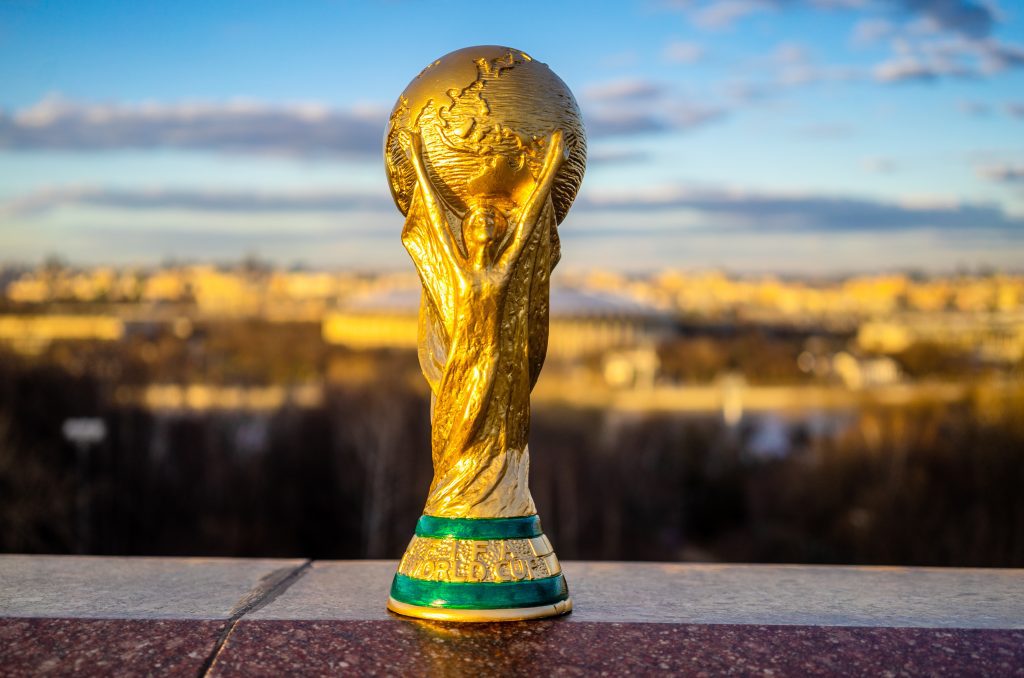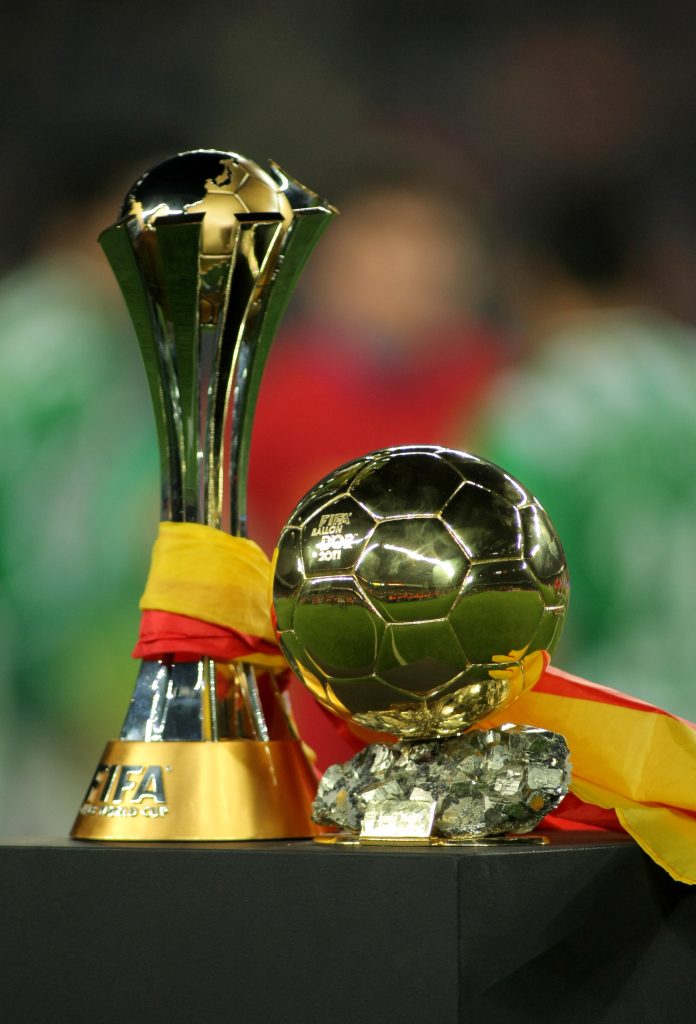A Brief Account Of FIFA Ballon d’Or History
Football is one of the most interesting team sports and one that gives provisions for individual players to be celebrated for their incredible performances. The FIFA Ballon d’Or is one of these awards and remains the most prestigious and highly coveted individual award in men’s football.

Since it was inaugurated, it has been an annual football trophy for the player with the best performance in the previous season. It is a significant award, and this also explains the amount of effort required to choose the best player for this award. National team coaches, captains, and sports journalists are the only set of people saddled with the responsibility to determine who gets this award.
Formally known as the FIFA best player award, the original award was inaugurated in 1956 after the then chief magazine writer of France football, Gabriel Hanot, designed a system that allows some people to determine the best football player across Europe. Blackpool star Stanley Mathew made history as the first person to receive the award.
Since only European football players who played for European clubs were eligible to get this award, there was a need to change the rule for selecting the recipient of this award. A few modifications were made in 1995 to ensure the eligibility of players from outside Europe who play for European clubs.

This made it possible for former professional football player George Weah to be the first non-European football player to receive the award. However, following the changes made in 2007 by relevant authorities, the scope of the award has been broadened to ensure the eligibility of any football player in the world.
While quite a lot of football legends have received this award, Argentine legend and PSG star Lionel Messi is the most recipient of the award.
